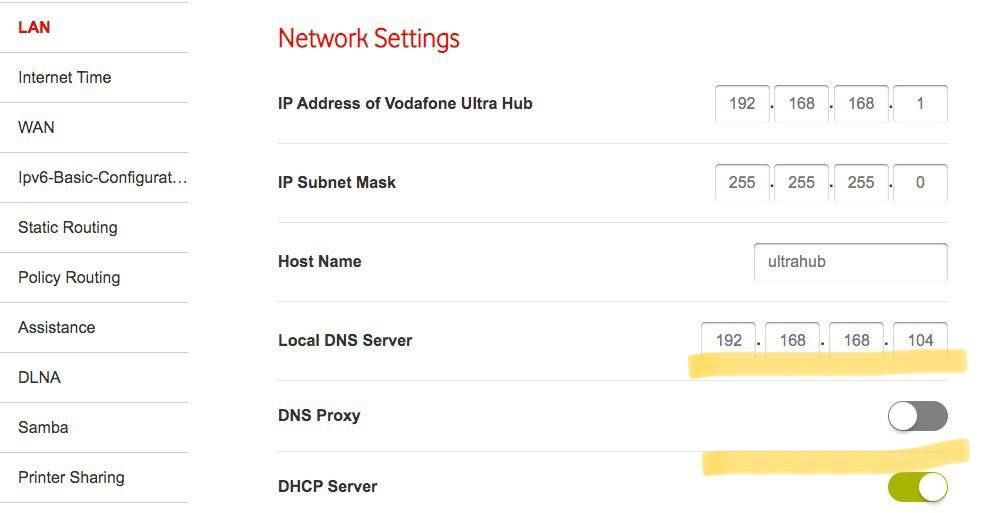In MySQL, we can
SELECT IF(A IS NULL, "something", A) FROM some_table;
If you want to do a similar thing in PL/SQL, you need to
SELECT (CASE WHEN A IS NULL THEN "something" ELSE A END) FROM some_table;
If you want to get the first non-null value from several fields, you have a better choice than using the CASE keyword.
SELECT COALESCE(A, B) FROM some_table
see more information about the Oracle COALESCE function
The key is to tick off the DNS Proxy switch, otherwise, DNS clients won't obtain the local DNS value as their DNS.
追着一位推友的脚步,上周日在家里看了这部香港老电影《甜蜜蜜》。剧情挺虐,编剧挺狠,不过还好给了大团圆的结局。请原谅我,我是剧透专家。艺术嘛,源于生活高于生活,可以理解。
怎么说呢,人这一辈子,有许多偶然,也有许多必然。你不经意间的决定,你只是一闪念但却诉诸了行动,都成就了今天的你。既然有缘来到这个世界,既然有缘来到这个地方,有缘认识这些人,那就努力的生活吧!一个人的努力固然重要,最终能不能成功还是要靠运气。然而只有努力的生活,一个人才有可能接住那或好或坏的运气。
有大腿傍是好事也是坏事。失去可以依靠的大腿,是坏事也是好事。人若是一辈子都不曾独立的活过,那该是多么苦痛的悲哀。
最后感叹一句,人啊,还是年轻的时候好看!
作者:【奥】阿弗雷德·阿德勒
2013-03-30 17:45:35
人生的意义即“对整体作出贡献”。
2013-04-01 06:35:55
人的目标一旦建立,随后便会开始自我管理。
2013-04-01 06:36:29
人生的真谛就在于奉献与合作。
2013-04-01 06:38:08
他们对于人生的理解已经表现在他们的行为之中,如果他们不对自己的思想加以改变,行为自然也不会改变。
2013-04-01 06:39:15
正因为无人可以理解他们的痛苦,所以他们总是越来越自我。
2013-04-02 14:06:03
在那些孩子的心目中,他们的愿望就是法律,自己无须争取便可达到一切。他们还认为自己天生就具有某种权力,无人能及。然而,一旦他们不再成为众人的焦点,他们的位置被人取代时,便会无法忍受,他觉得周围的人都对他有所亏欠。在他们的生活中,已经习惯了只索取而不付出,他们根本不懂得如何面对生活中的问题。因为一直生活在别人的关照之中,他们已经没有了自立能力,也从不知道自己能做什么。他们的脑海中除了自己别无他物,根本不懂得与人相处、合作的益处。当有困难出现,他们唯一想到的便是求助于人。
2013-04-02 14:11:34
无论是对别人公然反抗还是将别人的善意当成恶意,都表明他们对人生的理解是错误的。
2013-04-02 14:12:13
…more
- Press Alt + Ctrl + Del => choose Task Manager
- find the Windows explorer process,
- Restart it.
PS: If you use a remote desktop, Press Alt + Ctrl + End instead. It's actually not a fix; it's only a workaround. Anyway, we cannot expect there to be a perfect fix for that. Microsft just sucks.

